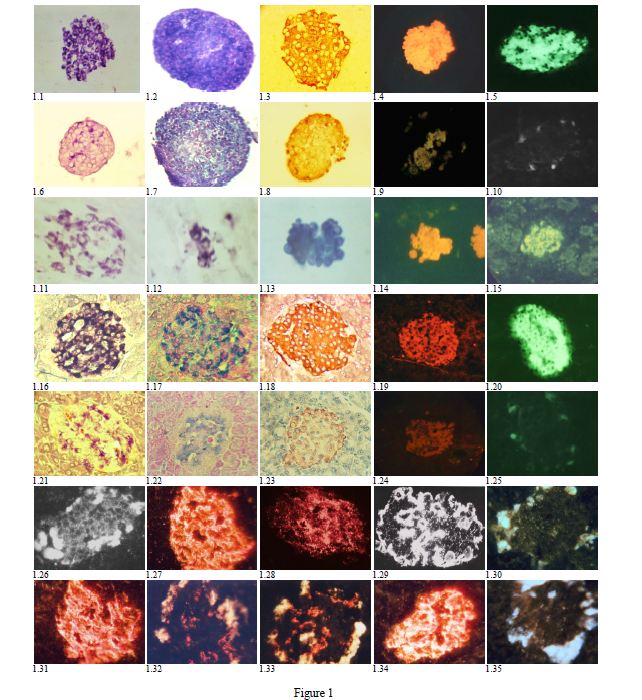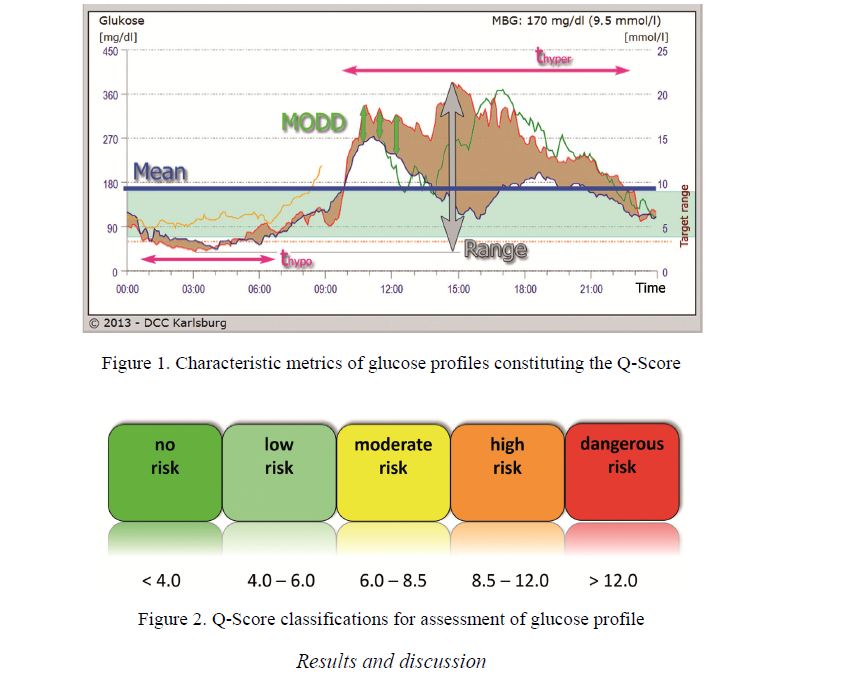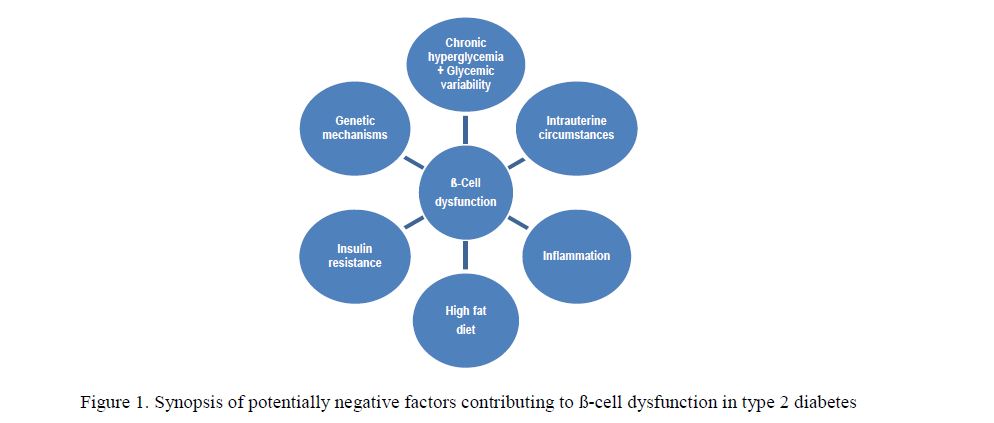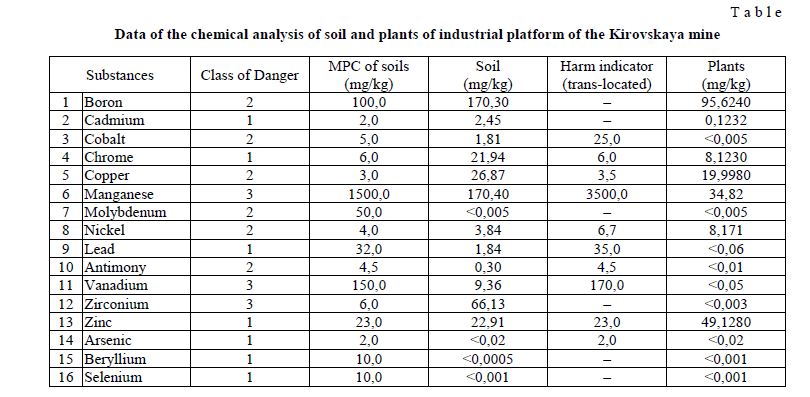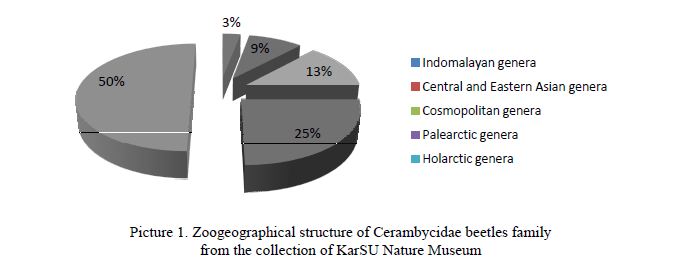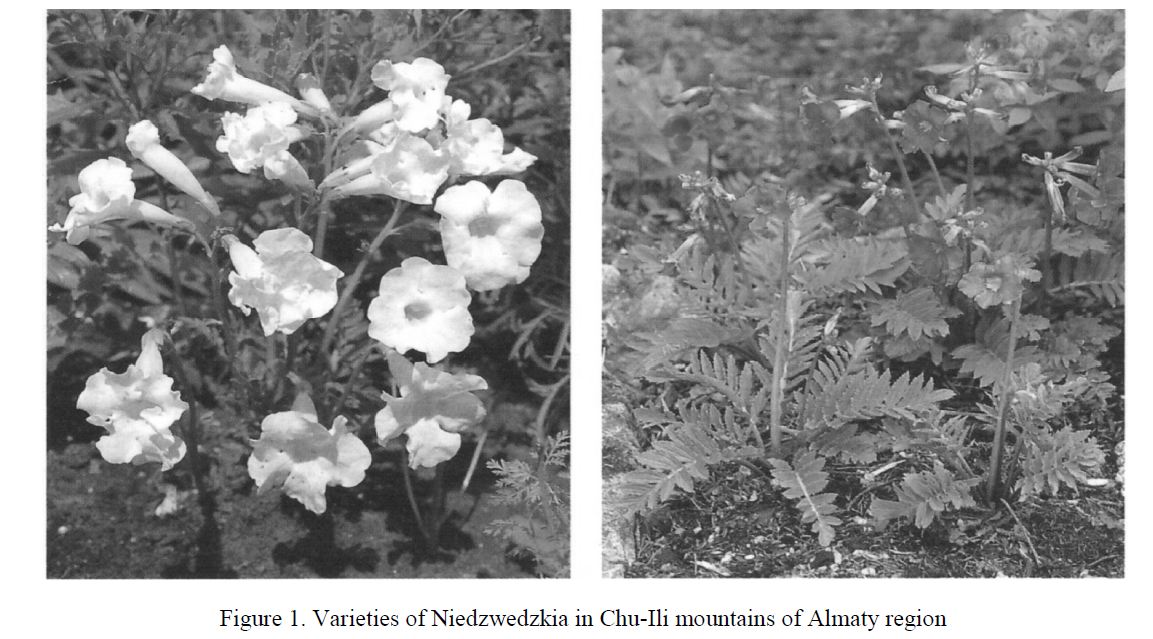Histochemical and immunocytochemical investigation of endocrine tissue of pancreas after administration of B-cytotoxic chemicals
Authors showed that intravenous injection amino acids Cystein and L-Hystidine prevent in majority of animals developing of experimental diabetes caused by chemicals formed in B-cells chelat complexes with Zn+2-ions. It was shown that in all cases administration of these amino acids prior injection of diabetogenic chelator as Diphe nylthiocarbazon (Dithizon) accompanied by almost complete absence of binding of Zn+2-ions in В-cells with formation of toxic complexes which result destruction and death of B-cells within short time. Authors suppose that protective effect is determined by presence in molecules of Cystein and L-Hystidine of SH-groups reacted with reacted with Zn+2-ions in B-cells with forming of not toxic complexes and not able to forming of complexes with a Dithizon. Authors showed also that from the used various histochemical and immunocytohistochemical methods insulin staining in B-cell more precise results was obtained using of immunohistochemical and fluorescent Diethylpseudoisocyanine methods. However, Aldehyde-fuchsine method and method Victoria 4R more suitable for investigation state of histostructure of pancreatic islets.
2015
G.G.Meyramov, K.-D.Kohnert, G.M.Tykezhanova, Z.T.Kystaubaеva, A.A.Kikimbaeva, A.M.Aitkulov, O.-N.Dupont, Ye.M.Laryushina, A.G.Abdraimova-Meyramova, G.A.Abdulina, S.B.Akhmetova, A.S.Shaybek, O.L.Kovalenko
